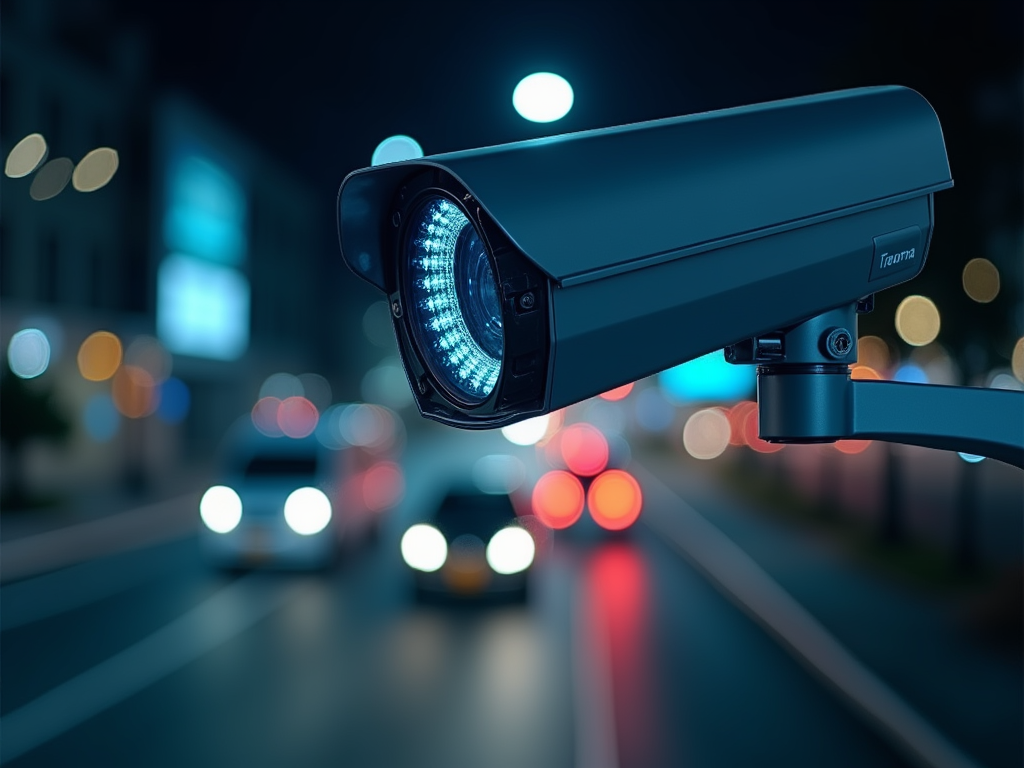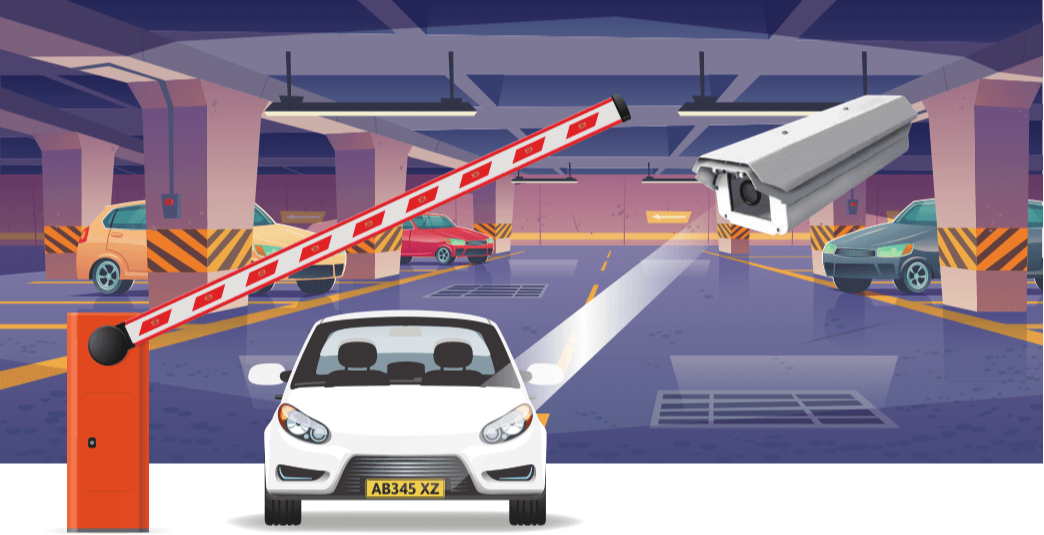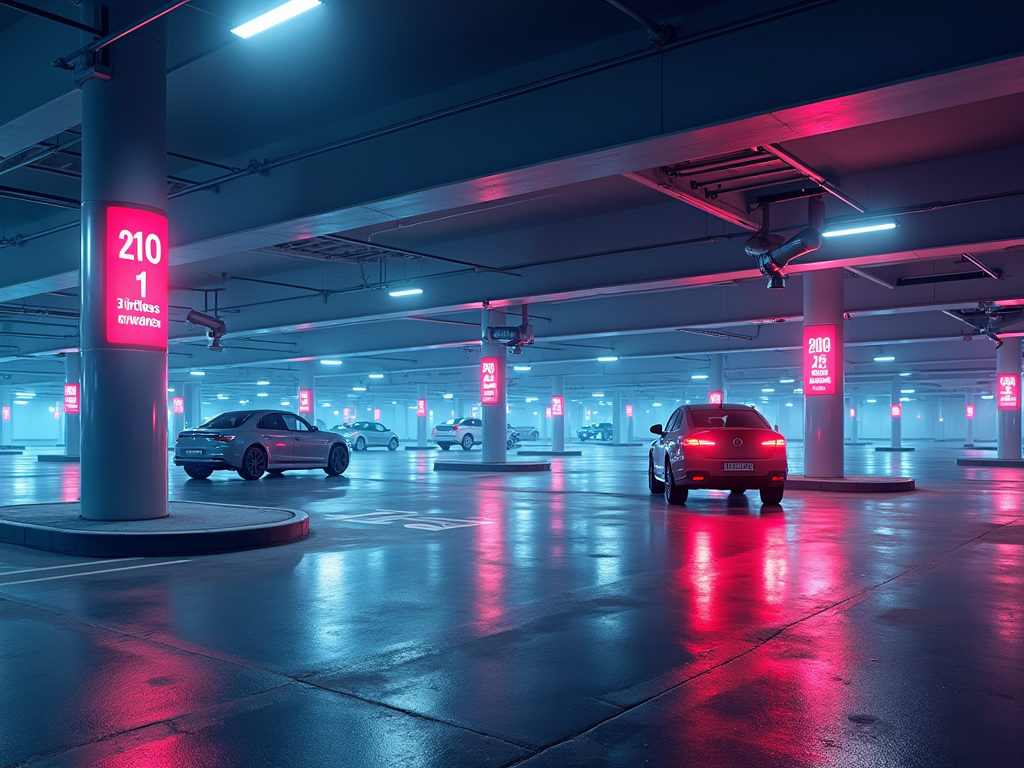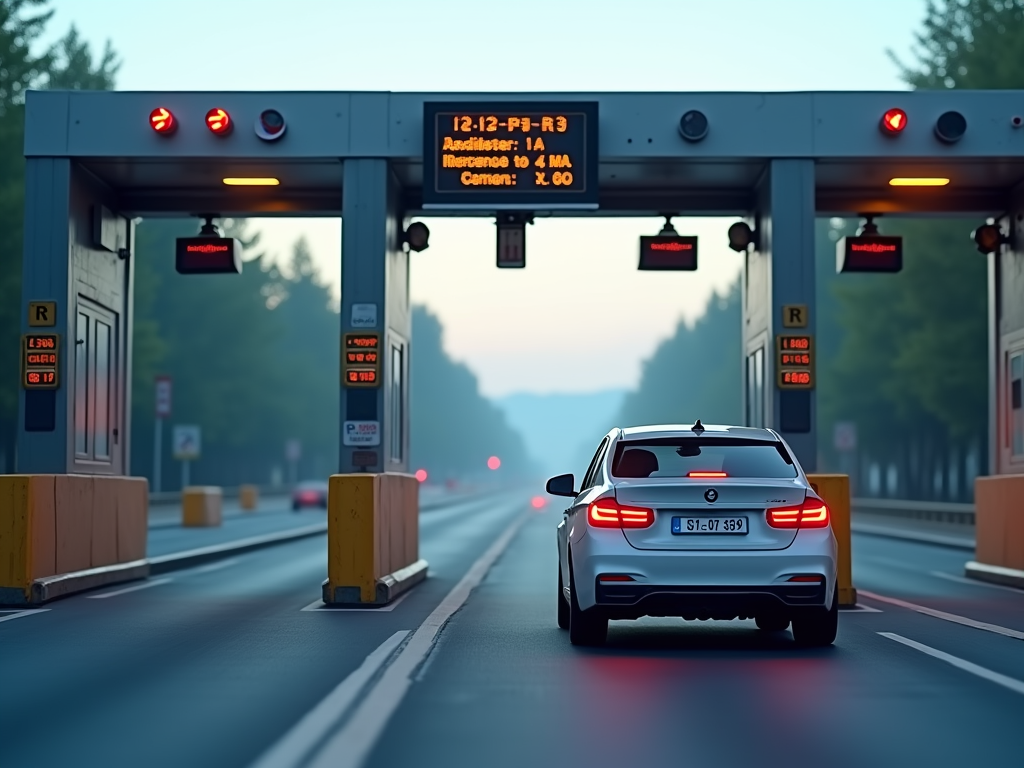
License Plate Recognition (LPR) technology greatly improves security for businesses and facilities by automating vehicle monitoring and regulating access to restricted areas. This advanced technology ensures that only authorized vehicles are permitted to enter or exit controlled premises, thereby minimizing the risk of unauthorized access and enhancing overall security.
Access Control Measures
LPR systems can be seamlessly incorporated into existing access control frameworks, automating the registration and identification of vehicles. By recognizing license plates in real-time, LPR strengthens security protocols by:
• Automated Entry and Exit:
Vehicles approaching entry points are automatically scanned, and if their license plate matches an approved database, the system promptly grants or denies access. This minimizes delays at entry points and enhances the flow of authorized traffic.
• Centralized Management:
Administrators can efficiently manage access permissions through a centralized interface, allowing them to quickly add or revoke vehicle authorizations. This functionality is especially beneficial in dynamic environments, such as construction sites or corporate offices, where access requirements frequently change.
Vehicle Alert Systems
In addition to access control, LPR technology is instrumental in alerting security personnel to potential threats. Vehicle alert systems offer real-time notifications of unauthorized access attempts or suspicious activity, enabling a swift response.
• Real-Time Alerts:
If an unauthorized vehicle attempts to gain access, the system can immediately send alerts to security personnel, enabling rapid response to potential security breaches and establishing an effective frontline defense strategy.
• Integration with Surveillance Systems:
LPR data can be seamlessly integrated with CCTV systems, enabling synchronized video footage capture whenever an alert is triggered. This integration offers a comprehensive overview of events during security incidents, enhancing the effectiveness of investigations.
Enhanced Monitoring of Unauthorized Vehicles
LPR technology enables businesses to maintain comprehensive oversight of all vehicles accessing their premises. Key features include:
• Database Matching:
LPR systems are often integrated with law enforcement databases, enabling the instant identification of stolen or flagged vehicles. This proactive approach ensures security teams are promptly alerted to potential threats on-site, allowing for a swift and appropriate response.
• Historical Data Analytics:
Maintaining records of all vehicle traffic enables businesses to identify patterns of unauthorized or suspicious behavior, providing valuable insights for strengthening security measures and protocols over time.
Streamlined Incident Management
With an effective LPR system in place, businesses can significantly improve their incident management processes. Key benefits include:
• Incident Logs:
The automatic recording of entry and exit times, along with corresponding license plate information, generates a detailed incident log that can be used for background checks or security audits.
• Reporting Capabilities:
Advanced LPR systems include reporting tools that enable security managers to analyze vehicle traffic trends, identify potential security vulnerabilities, and develop targeted preventive measures.
In summary, License Plate Recognition (LPR) technology enhances security across diverse business environments. By automating vehicle monitoring, integrating real-time alert systems, and providing comprehensive data analytics, LPR offers businesses a robust security framework that effectively prevents unauthorized vehicle access and strengthens overall safety.















